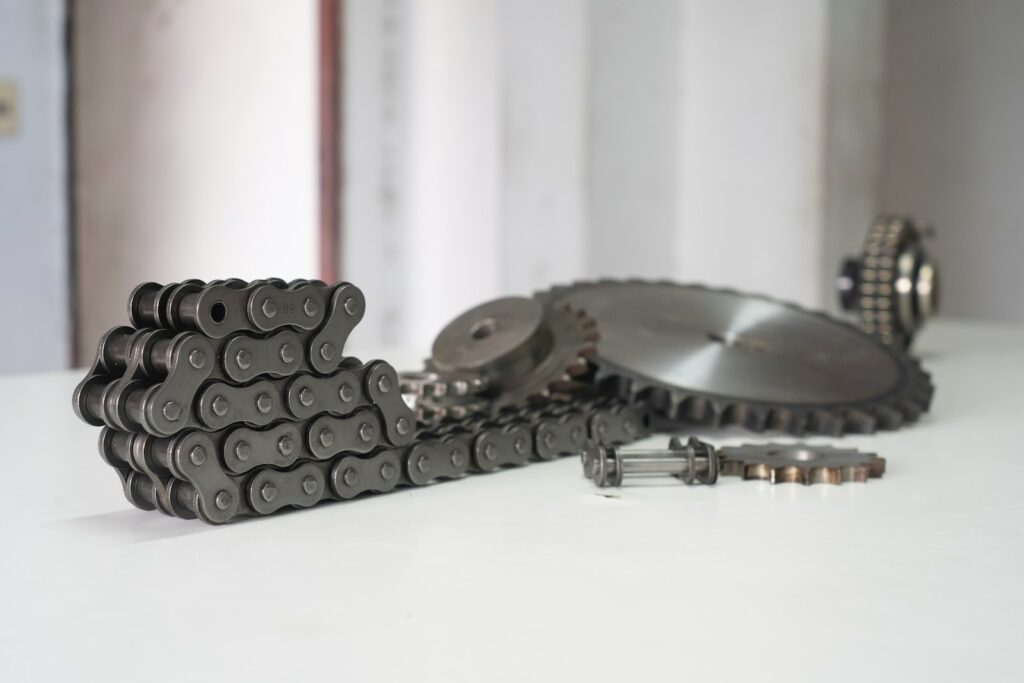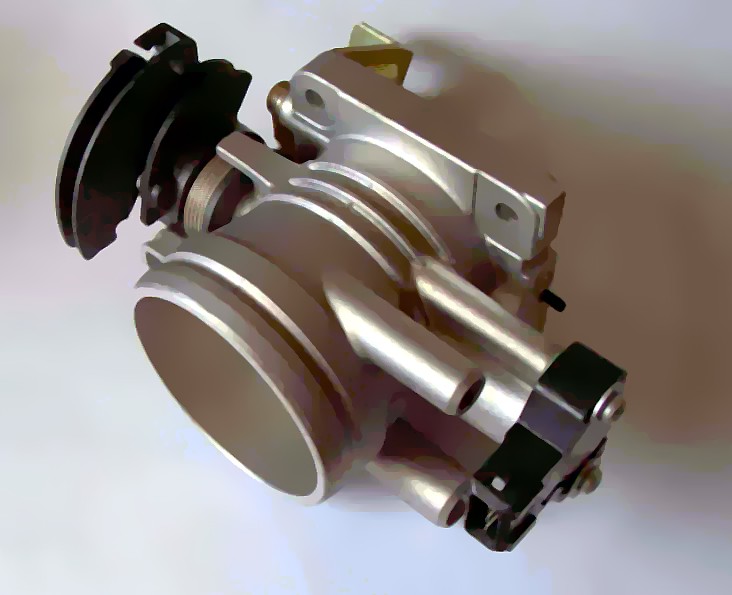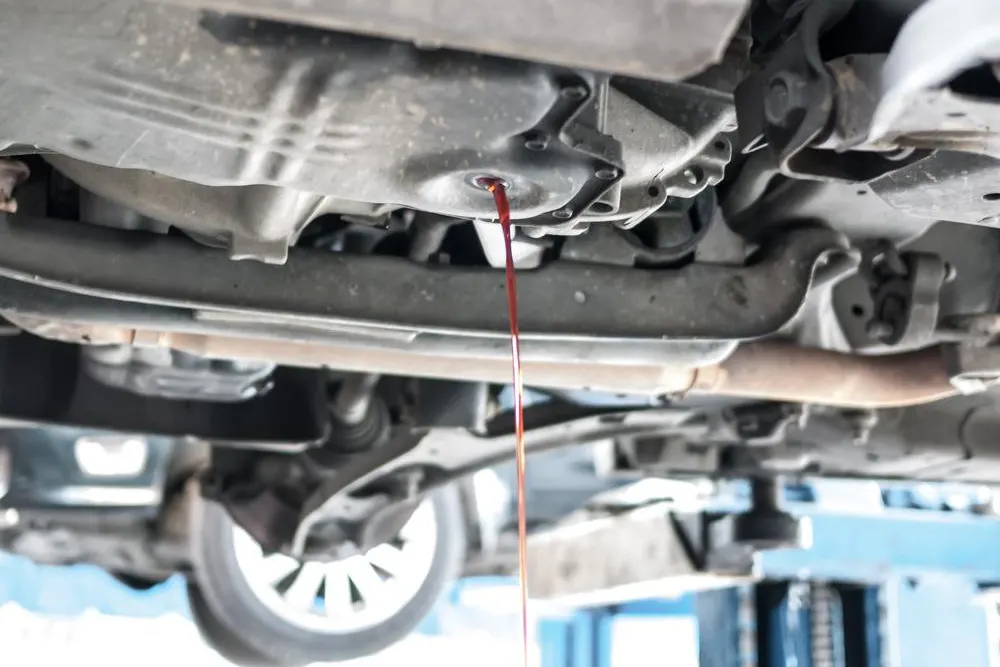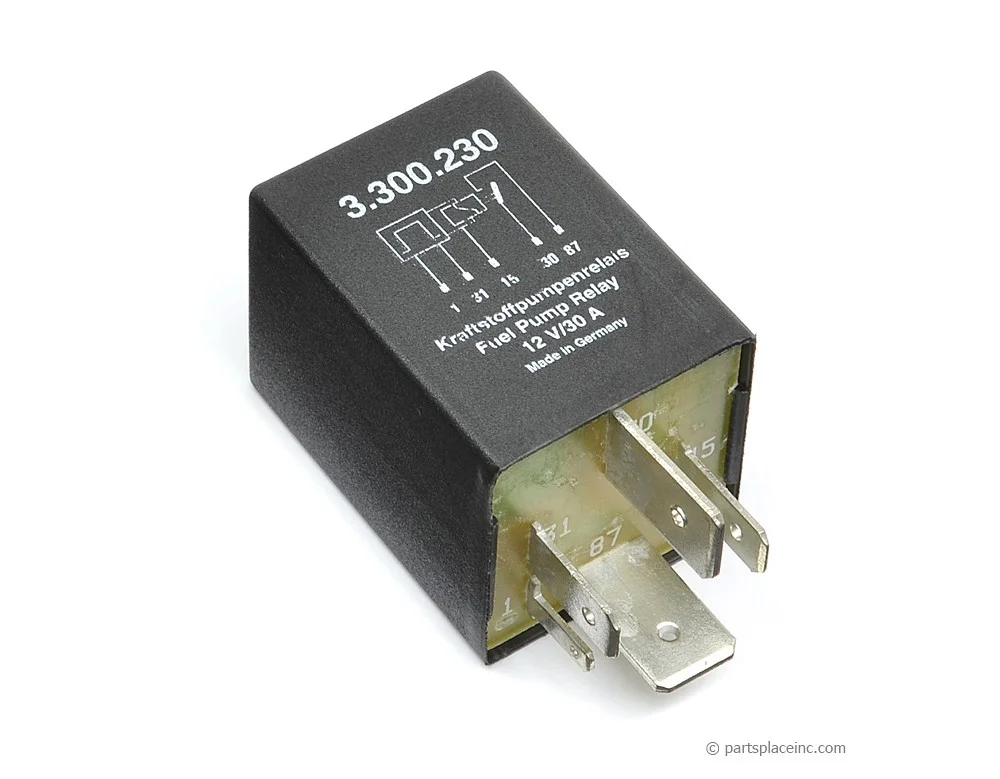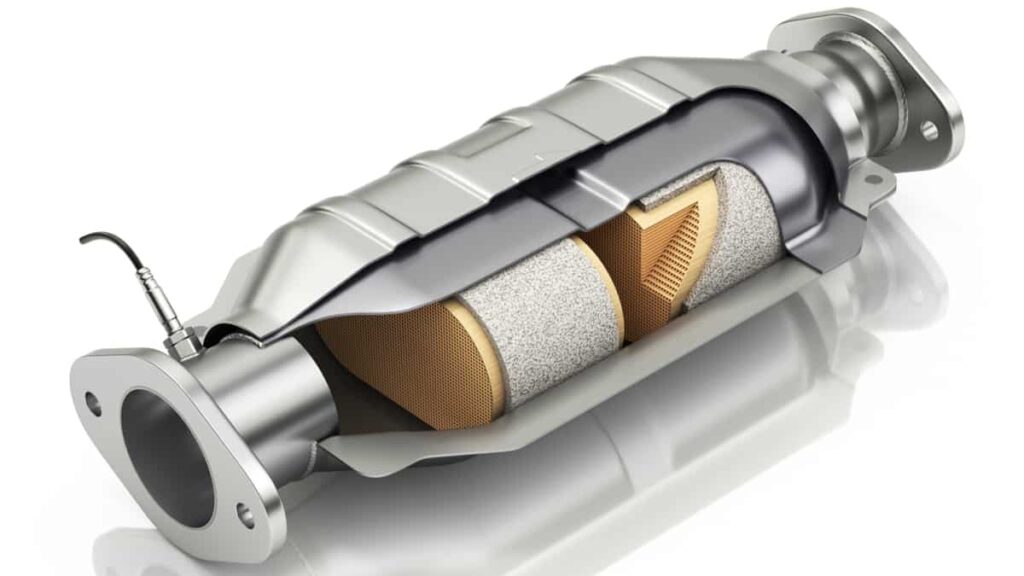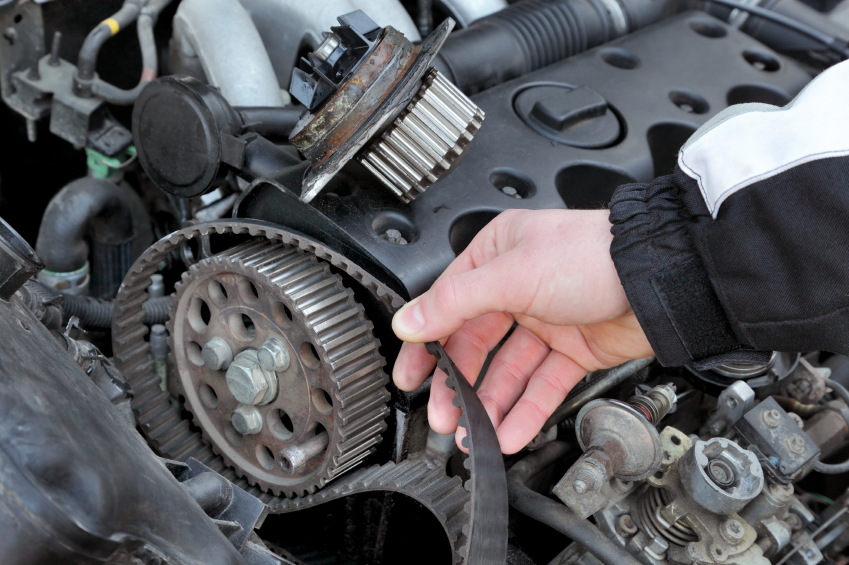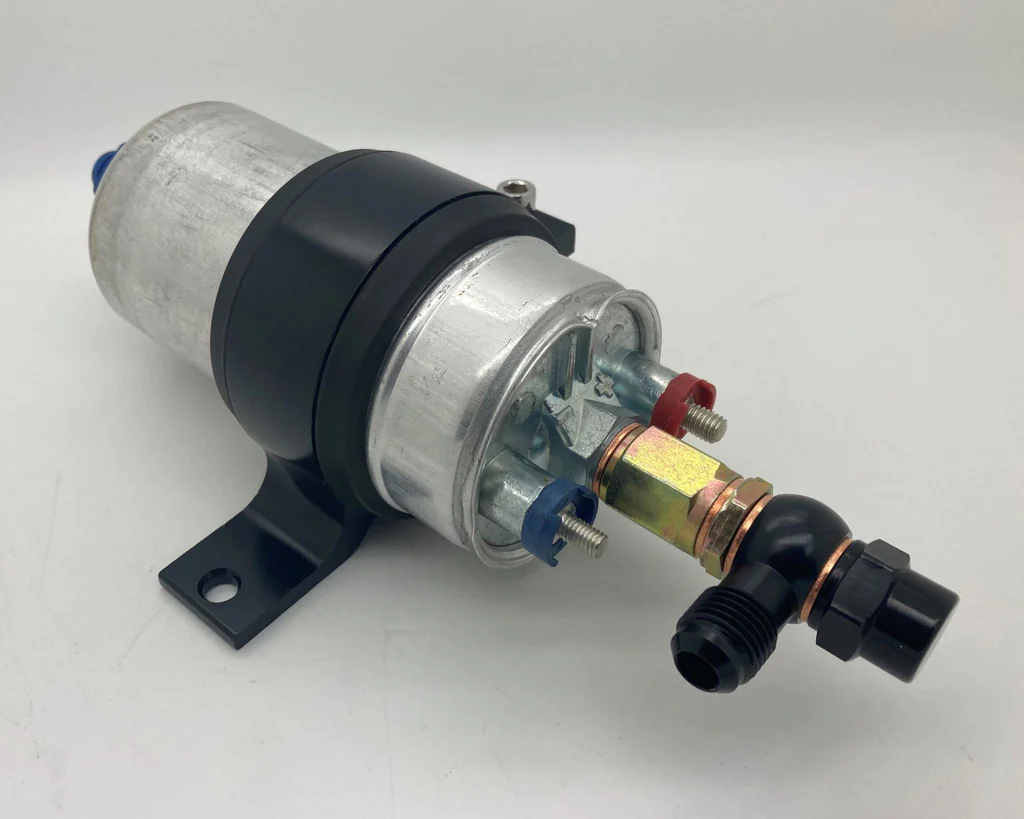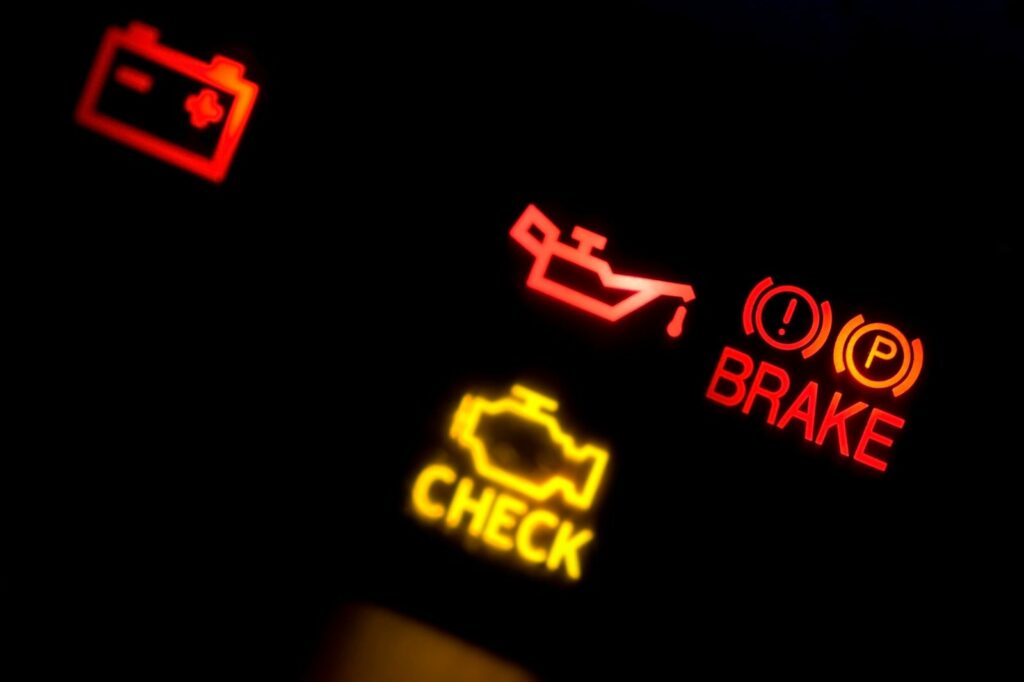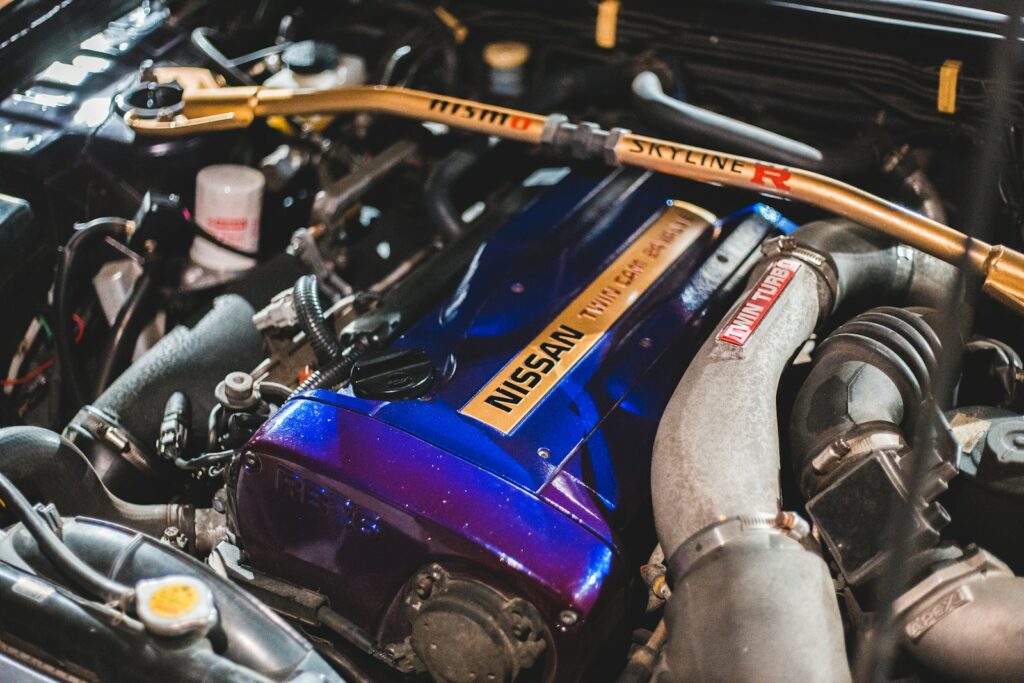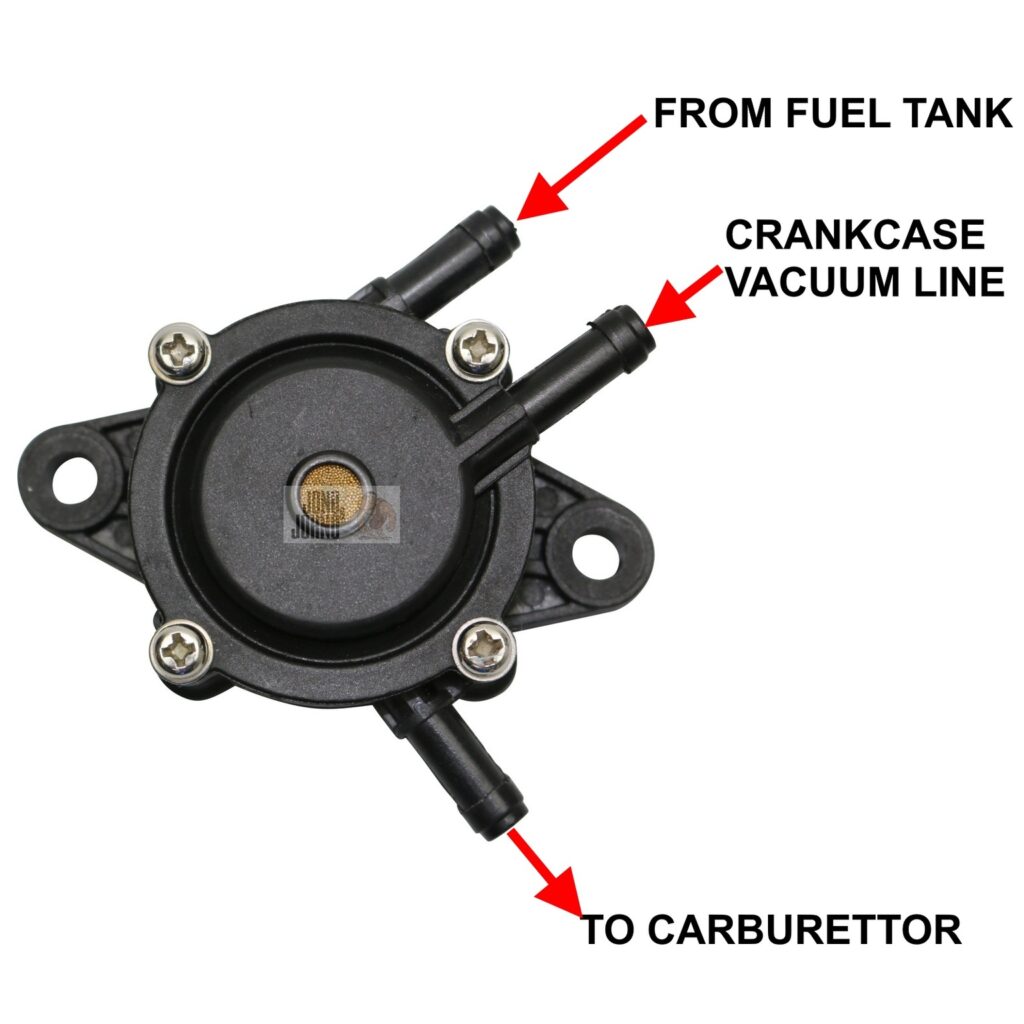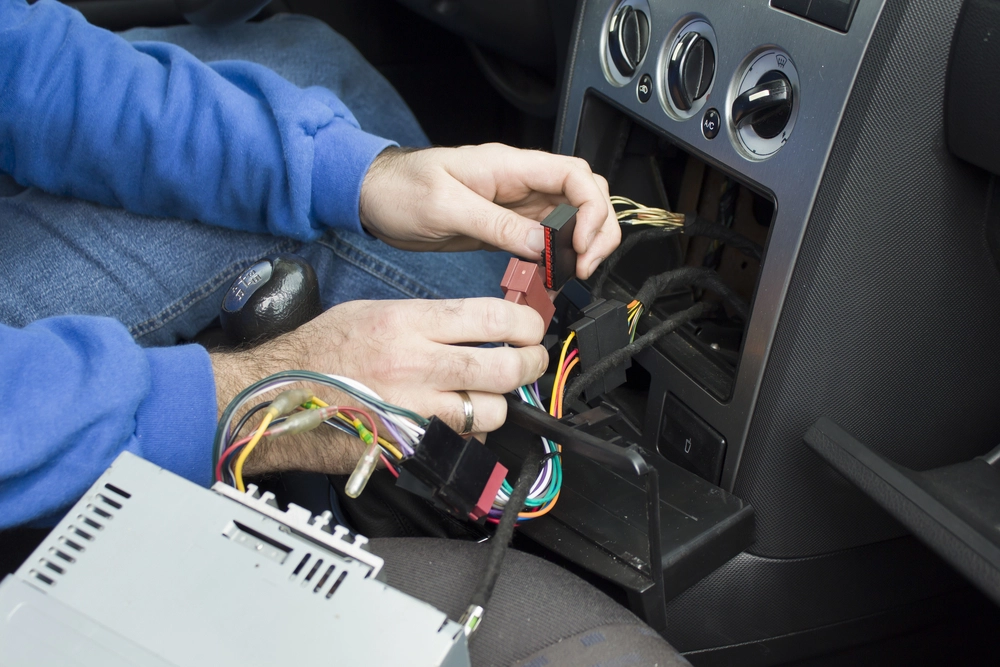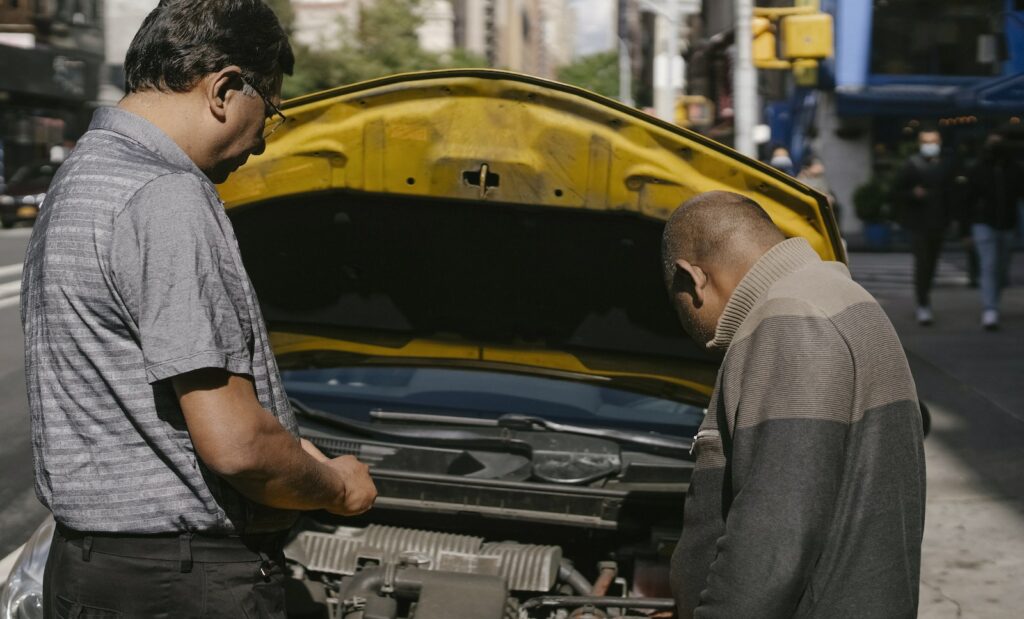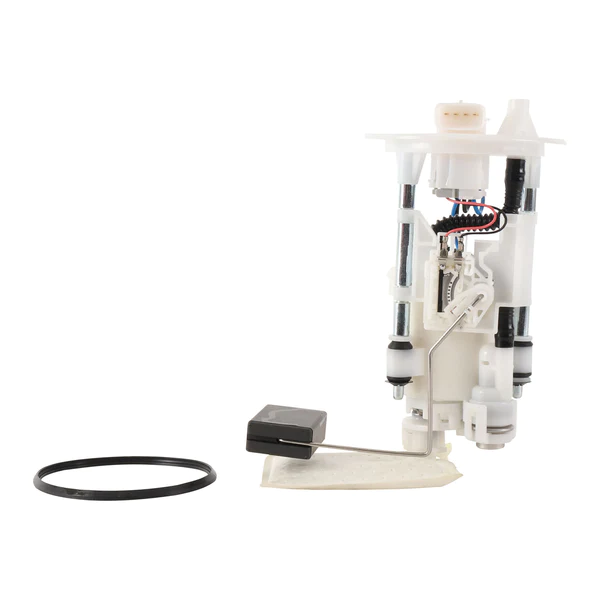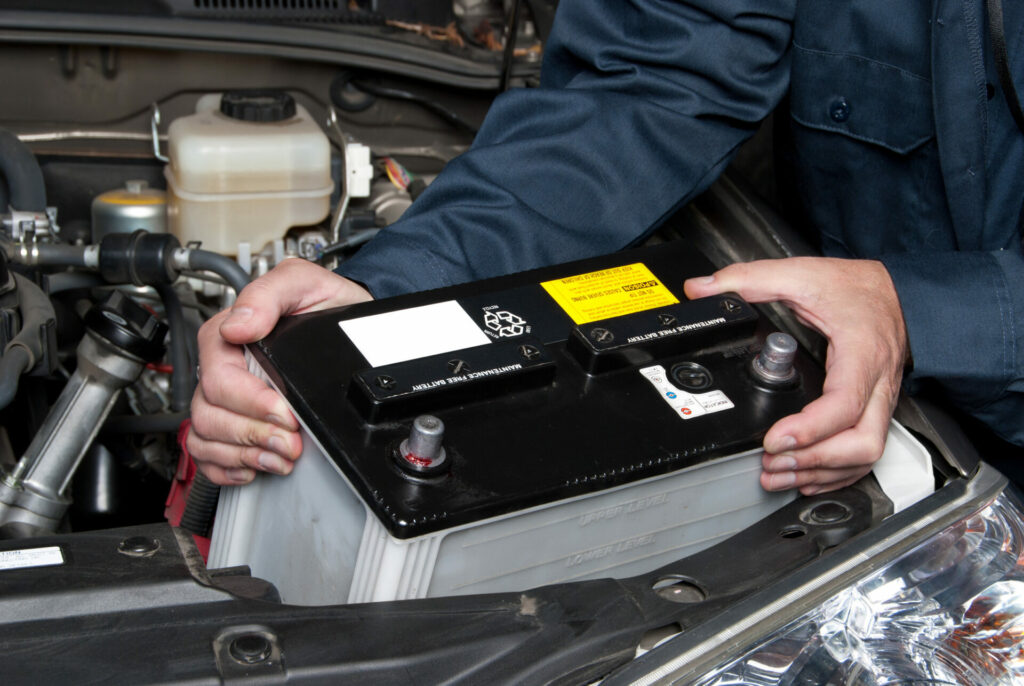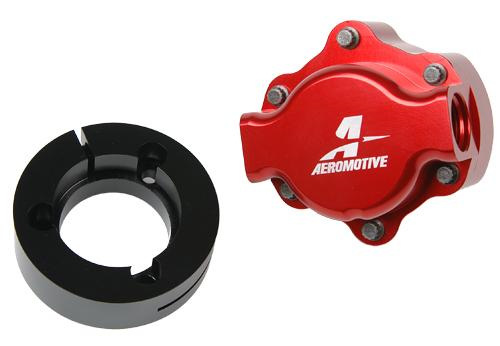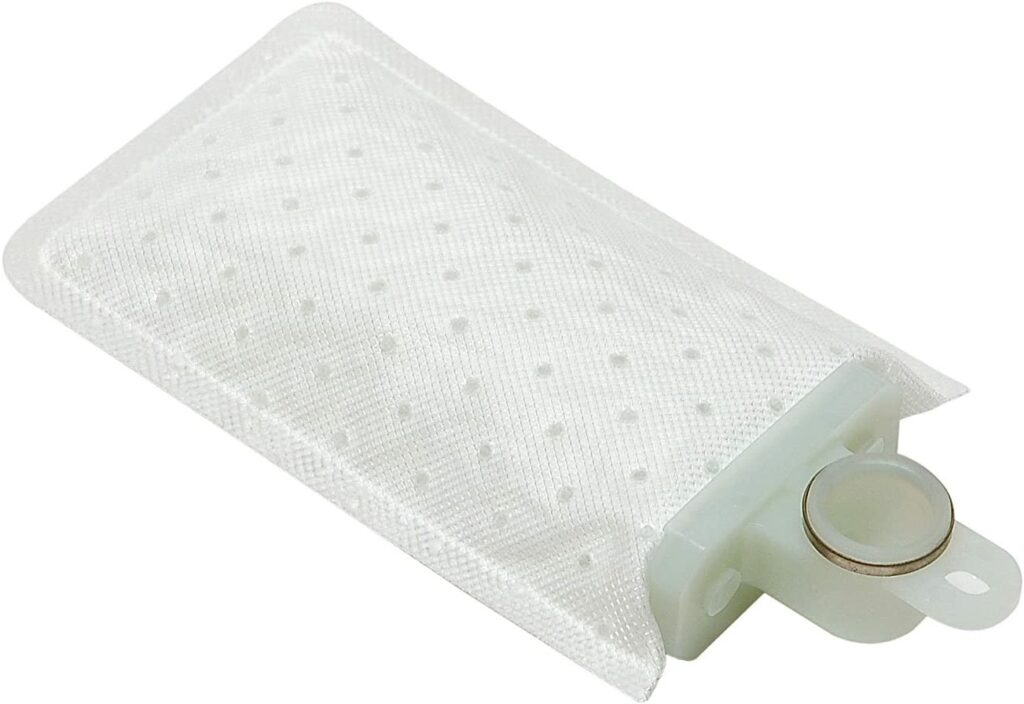Introduction:
As a car owner, it’s important to understand the various issues that can arise with your vehicle’s clutch. In this post, we’ll cover the most common causes of clutch problems and provide step-by-step instructions for fixing them. But before we dive in, it’s important to note that working on your car’s clutch can be dangerous, so always make sure to follow safety precautions and consult a professional if you’re unsure of how to proceed.
Symptoms of a bad clutch:
The first step in fixing a clutch problem is to recognize the symptoms. Some common signs of a bad clutch include difficulty shifting gears, a grinding or slipping sensation when shifting, and a clutch pedal that feels soft or spongy. If you’re experiencing any of these symptoms, it’s important to address the problem as soon as possible to avoid further damage.
Causes of clutch problems:
There are several common causes of clutch problems. One of the most common is worn or damaged clutch components, such as the clutch plate, pressure plate, or throwout bearing. Another common cause is a leak in the clutch hydraulic system, which can cause the clutch pedal to feel soft or spongy. Additionally, clutch problems can also be caused by issues with the flywheel or transmission.
Fixing a worn or damaged clutch:
If you suspect that your clutch problem is caused by worn or damaged components, the first step is to remove the transmission and inspect the clutch assembly. To do this, you’ll need to disconnect the transmission from the engine and remove it from the vehicle. Once the transmission is out, you can inspect the clutch plate, pressure plate, and throwout bearing for signs of wear or damage. If any of these components are worn or damaged, they will need to be replaced.
Fixing a leak in the clutch hydraulic system:
If you suspect that your clutch problem is caused by a leak in the clutch hydraulic system, the first step is to locate the leak and repair it. The clutch hydraulic system is made up of a series of hoses and cylinders that transmit pressure from the pedal to the clutch assembly. To find the leak, you’ll need to inspect all of the hoses and cylinders for signs of damage or wear. Once you’ve found the leak, you can repair or replace the damaged component.
Fixing issues with the flywheel or transmission:
If you suspect that your clutch problem is caused by an issue with the flywheel or transmission, the first step is to diagnose the problem. The flywheel and transmission are both complex components that can be difficult to diagnose without the proper tools and knowledge. It is always best to consult a professional mechanic if you suspect an issue with your flywheel or transmission.
Conclusion:
Clutch problems can be caused by a variety of factors, from worn or damaged components to leaks in the clutch hydraulic system. By understanding the symptoms and causes of clutch problems, and following the steps outlined in this post, you’ll be able to diagnose and fix clutch issues on your own. However, always use caution and consult a professional if you’re unsure of how to proceed.

